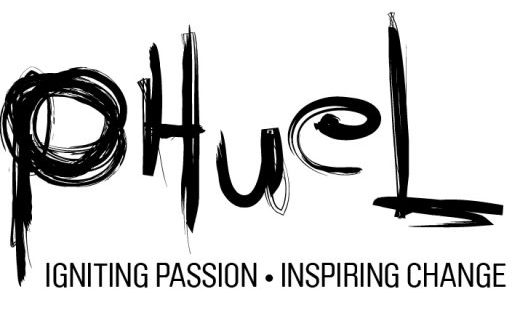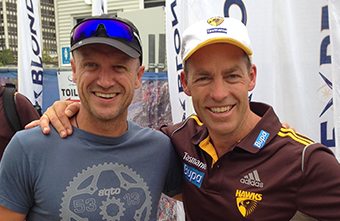Agility has become a leadership buzzword synonymous with the adaptability and quick thinking required to navigate the unknown. However, leadership agility encompasses much more than strategic pivots or problem-solving capability.
And developing it is as much a personal journey as a professional one. Here are three things agile leaders do that you can build into your leadership toolkit.
1. Agile leaders continuously seek knowledge beyond the confines of their industry or role
Agility in leadership is fundamentally anchored in personal growth. It’s about embracing a mindset of learning, unlearning and relearning as new challenges emerge.
A great way to cultivate this is by developing knowledge drawn from many areas of life beyond the workplace. It involves developing a deeper understanding of ourselves, recognising diversity of thought and experience in others, and integrating these insights into a more nuanced approach to leadership.
So, whether you read, listen to podcasts, attend events, talk to people outside your typical networks or all of the above, a commitment to continuous learning will help you to increase agility.
2. Agile leaders possess strong views but hold them lightly
Agile leaders blend strong personal convictions with openness to new perspectives – or, as Jane McGonigal puts it, have ‘strong views, held lightly’.
This means being confident in your current beliefs while being open to challenges, new ideas and different ways of thinking – and, importantly, being prepared to shift your mindset or view where there is evidence or a good reason to do so.
It’s important to note that this isn’t about changing your mind with the direction of the wind. It’s about being open to and considering new inputs to constantly test and confirm (or adapt!) your thinking.
3. Agile leaders recognise the power of curiosity
Agile leaders fuel their team’s curiosity by fostering an environment that encourages questioning, learning and exploration.
Innovation flourishes when stimulated by diverse perspectives and experiences. This is about fostering inclusivity and actively inviting input from all team members, understanding that innovation often emanates from the intersection of different ideas (and it’s not bound by your org chart or leadership hierarchy!).
So, if you want to enhance your agility, focus on the journey. It involves a commitment to continuous learning, an open-mindedness toward changing perspectives and fostering a culture of curiosity among your teams. These practices will not only enrich your leadership toolkit but will give your team increased confidence that you can lead them through emerging challenges.
RELATED ARTICLE
Serious Play
As children most of us have experienced the sheer joy of bouncing on a jumping castle, or the…
THINGS TO #REMEMBER POST COVID – 19
There is a lot of upside in all the downside with important lessons to hold on to when “normal”…
An Answer to the Question ‘Why’?
Inspired by clients and Phuel's favourite question - 'Why?' Dean tells us how Phuel came to launch…
FOLLOW THE LEADER – LESSONS IN ACCEPTING ADVERSITY
Nathy's salsa classes are teaching her more than dance moves - learning to let go and being…
THE LEARNING CURVE: MORE LESSONS FROM THE LATIN DANCEFLOOR
Through taking salsa classes, Nathy observes how different learning styles can impact our team or…
MORE FEEDBACK PLEASE (SAYS NO ONE – EVER). MORE LESSONS FROM THE DANCEFLOOR
If you have someone shining a spotlight on areas of your performance that could be improved upon –…
WHAT BUSINESS LEADERS CAN LEARN FROM BASKETBALL & POINT GUARDS?
Employ three fundamentals of basketball to increase engagement and effectiveness in teams.
LESSONS LEARNT FROM 14YRS AT PHUEL & THE HAWTHORN FOOTBALL CLUB
What can we learn from the inevitable changes we face in our teams and how to embrace this change.
THREE CHARACTERISTICS OF EFFECTIVE TEAMS – PART ONE
Agreeing for the sake of agreement is inefficient, and counter to working together well. Consider…
THREE CHARACTERISTICS OF EFFECTIVE TEAMS – PART TWO
Teams will thrive when individual roles are aligned to the team's purpose so that everyone is…
THREE CHARACTERISTICS OF EFFECTIVE TEAMS – PART THREE
Consider the important role of behavioural accountability in developing effective teams.
CHANGE THE WAY YOU CONFERENCE
A well-staged conference can be a turning point in an organisation’s behavior. Consider how to…












